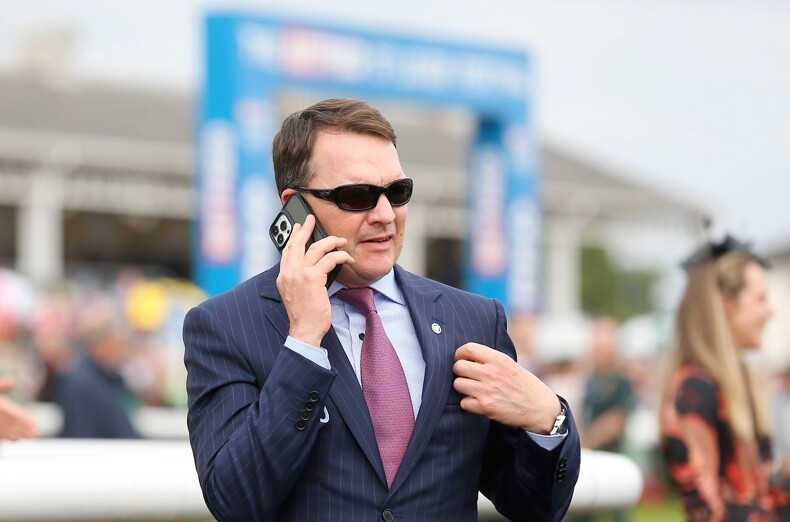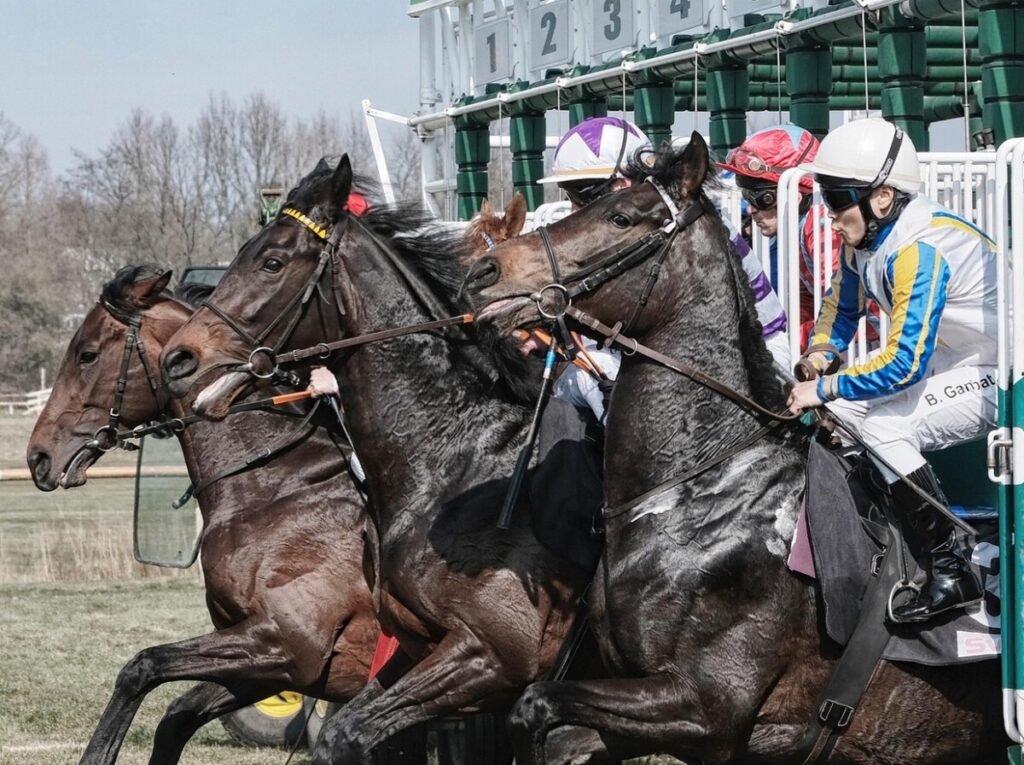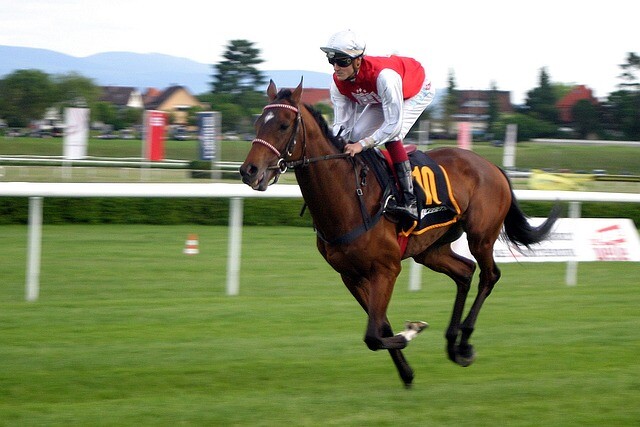Four of Aidan O’Brien’s older horses who could headline his 2025 Royal Ascot squad

Aidan O’Brien has long been a dominant force at Royal Ascot, winning the top trainer title 13 times during his glittering career—including each of the last three years—and the 2025 renewal looks set to be no different.
While much of the attention from punters and pundits alike will naturally fall on his talented crop of two-and three-year-olds, the Ballydoyle maestro will also have a strong team of older horses playing leading roles in the summer.
In this article, we highlight four of O’Brien’s established stars who will be well-supported in the Royal Ascot tips and could be primed to make headlines in some of the biggest races at the prestigious meeting in mid-June.
Kyprios
Where better to start than with Kyprios? The seven-year-old is the oldest horse still in training at Ballyboyle, but age appears to be just a number for the son of Galileo.
Overcoming a career-threatening injury in 2023, Kyprios went on a sensational run of seven races unbeaten last year.
Among his septuple was a second Ascot Gold Cup victory, when he held off Trawlerman by a length to regain his crown in Berkshire.
O’Brien has indicated a similar prep for Kyprios this season, with a run or two at home in Ireland before heading back to Ascot to try to complete the hat-trick.
Jan Brueghel
Jan Brueghel is a lightly-raced four-year-old heading into this campaign on the back of just four runs, but he has already proven his ability at the top level.
He went from zero to 100 in the space of months, making a belated debut when winning at the Curragh in May before landing the St Leger—the final Classic of the season֫—at Doncaster in September.
The four-year-old still looked somewhat green in some of his four wins, but notably did enough to win major races while learning on the job.
The Gold Cup is an option for Jan Brueghel, but team Ballydoyle has already said there’s no point in sending him there since it’s Kyprios’ main target, making the shorter Hardwicke Stakes an option.
Diego Velazquez
Once highly rated at Ballydoyle, Diego Velazquez’s career has not entirely lived up to expectations thus far as he heads into his four-year-old campaign.
However, he appeared to rediscover some form in the latter half of last season with Group wins at Leopardstown, and it will be interesting to see if he carries that momentum into this year.
The Group 1 Queen Anne Stakes is going to Diego Velazquez’s main target for the campaign, with a prep run or two beforehand.
Storm Boy
Joining Aidan O’Brien from Australian handlers Gai Waterhouse and Adrian Bolt, Storm Boy arrives at Ballydoyle with a record of five wins in 10 starts under rules.
Several of those victories were at elite levels, with two Group 3 wins, a Listed success and a Group 2 triumph in the Skyline Stakes at Randwick.
One of the sprints at Royal Ascot will be the aim for the four-year-old, who has also placed in multiple Group 1s, with potential outings in Ireland beforehand.


 The Grand National is not just a race—it’s a theatre of human drama, emotion, and triumph. Over the years, the event has given us unforgettable moments, not just on the track but also in the aftermath, when winners step into the spotlight to reflect on what they’ve achieved. Here are some of the most memorable post-race interviews that captured the heart and soul of the world’s most famous steeplechase.
The Grand National is not just a race—it’s a theatre of human drama, emotion, and triumph. Over the years, the event has given us unforgettable moments, not just on the track but also in the aftermath, when winners step into the spotlight to reflect on what they’ve achieved. Here are some of the most memorable post-race interviews that captured the heart and soul of the world’s most famous steeplechase.